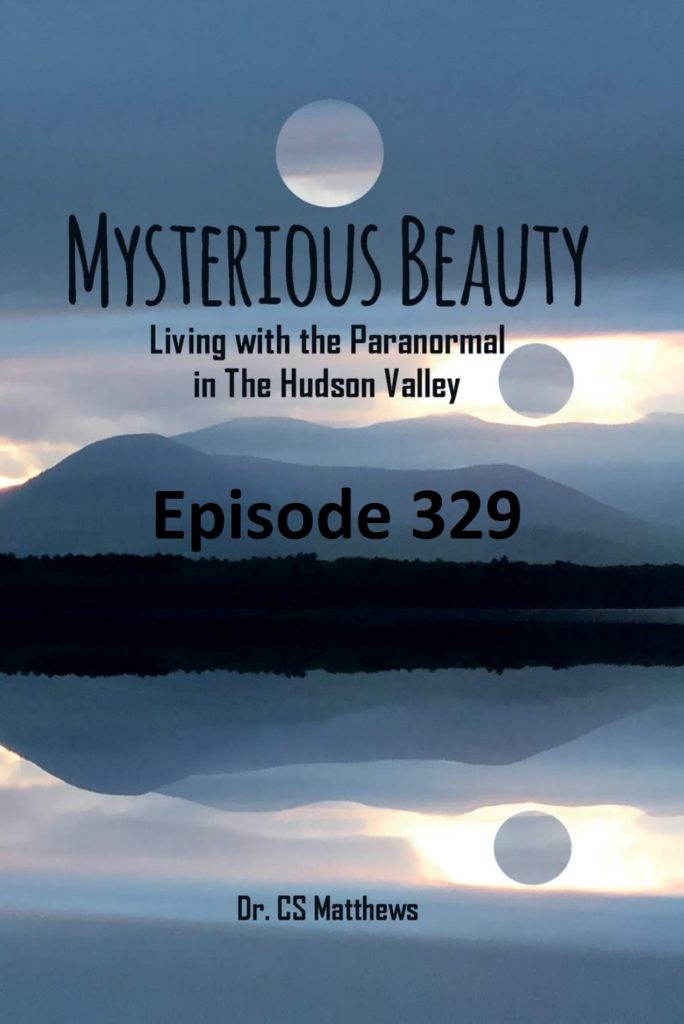

Its basically an oval made of a clear plastic with two panes very close together filled with two different materials, one white and one blue. Microdium appears to have been a gimmick name, coincidentally related to the crab.Įxample 2: A three-component or three-class particulate mass is prepared by filling the device with equal parts by volume of (1) iodized table salt having a particle size range of approximately 300 to 500 microns with the salt crystals being coated black with an alkyd enamel (2) solid soda-lime glass beads having about 80 percent of the total in the size range of 177 to 350 microns with a coating of fluorescent spray paint glowing blue and having density properties similar to the glass beads of Example 1, and (3) glass microballoons made of sodium borosilicate glass and similar to the microballoons spheres of Example 1 except that the spray-paint is a fluorescent paint glowing cerise. Back in the early 70s the Wham-O company made a toy called a Magic Window.

In 2012, the current owners of the original patent made a slightly modified version of the Magic Window available, created and marketed without Wham-O's involvement. Cloutier, who had a degree in Engineering Physics from Michigan Tech. The expected result will be movies, television, music, and online content based around the toy products of the Wham-O company. The concept behind the Magic Window toy came from inventor Roy L. On January 31, 2011, Wham-O announced its arrangement with ICM, the company that represents Atari video games, to represent the Wham-O company in various media. Magic Window (1971), was made from two 30 by 30 centimetres (12 in × 12 in) oval plates of heavy clear plastic, with a narrow channel between them containing "Adamantium" (glass) crystal sands of varying colors. Nostalgia is often triggered by something reminding you of a happier time. I don't know whether that helps in figuring out a material (or even if Wham-O actually used crushed fossil shells), but it might be a start. In 2012, the current owners of the original patent made a slightly modified version of the Magic Window available, created and marketed without Wham-O's involvement.Wham-O called the contents of their Magic Window "microdium crystals." Microdium is a genus of fossil crab, (or, at least, Family Cancridae). They are known for marketing many popular toys in the past 50 years, including the Hula Hoop, the Frisbee, Slip N Slide, Super Ball, Trac-Ball, Silly String, Hacky Sack and the Boogie board.

The concept behind the Magic Window toy came from inventor Roy L. is a toy company currently located in California, USA. Schau dir unsere Auswahl an wham o magic window an, um die tollsten einzigartigen oder spezialgefertigten, handgemachten Stücke aus unseren Shops zu finden.

Wham-O also marketed very real crossbows, boomerangs, throwing knives, and even a. "Huf'n Puf" blowgun, which shot soft rubber darts, a gentler version of the real thing, which Melin and Knerr discovered during a toy-scouting journey to Africa.Wham-O Magic Window: a popular 1970s toy with immiscible sand like substances interacting under gravity to. "Bubble Thing" (1988), soap bubble toy, which is an extremely large bubble wand, usually dipped in a small plastic wading pool filled with bubble solution that claims to make bubbles "as long as a bus," which is actually true. From Amazon: BUY NOW: Neodymium Disk Magnet."Air Blaster" (1965), which could blow out a candle at 20 feet.The television commercial featured Kathryn Minner, the original Little Old Lady from Pasadena. The packaging featured 1960s icon Rat Fink, and the image was widely distributed on T-shirts, posters, and decals. Watching the sand fall is just so relaxing The sand inside the window flows and the stand is still intact. Wheelie Bar (1966) for wheelie bikes, especially well suited for the popular Schwinn Sting-Ray. This collectable toy is a rare find I had hours of fun as a kid with this magic window.


 0 kommentar(er)
0 kommentar(er)
